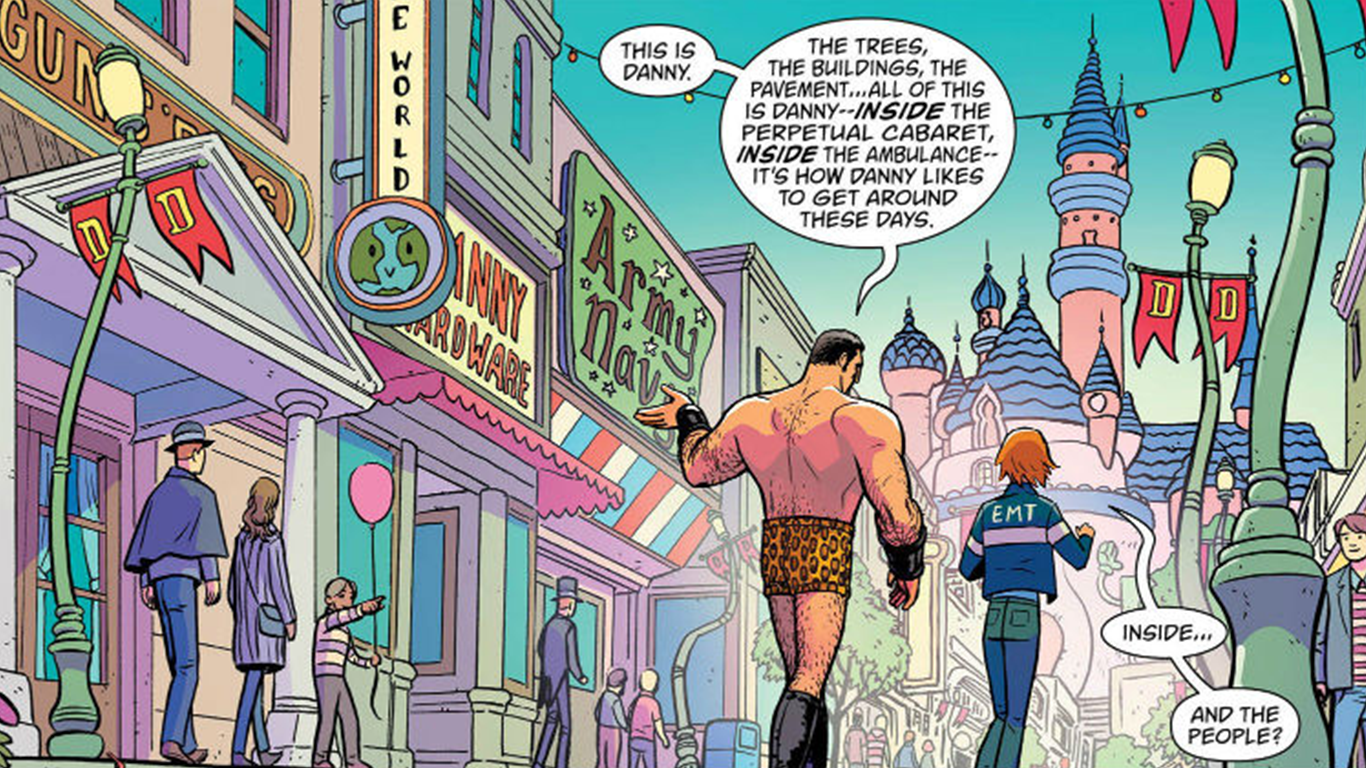We may earn money or products from the companies mentioned in this post.
When we were working out how the songlines work in Hobomancer, we sort of unintentionally started playing with the idea of what you might call “the power of place.” Basically, the songlines are areas of especially strong magical energy, and that magic is fueled by the power of the stories. The railroads aren’t built along songlines, they create them by virtue of the number of stories that happen along them. Bad stories (we give the Trail of Tears as an example in the book) create corrupted songlines that can warp the people, the landscape, and especially the magic used along them.
Either shortly before or shortly after we released Hobomancer, I read Alan Moore’s Voice of the Fire, which is a hard-to-describe novel where Moore’s home town of Northampton is kind of the central character. The book articulated some of the sorts of ideas that we’d tried to pin down with the songlines and really got me thinking about the idea of making place a more integral part of game settings. Just like Serenity is the 10th character on Firefly, I like the idea of a game where the setting is vital to the story rather than just something that provides a little flavor. The new edition of M-Force that we’re working on devotes a fair amount of space to developing the setting, but there it’s more about discouraging murderhobos than making setting an integral part of the story.
Anyway, somewhere in all this thinking about place, I came up with an idea that I’m probably not going to get a chance to run any time soon (it wouldn’t really work as a one-shot con game), so I’m throwing it out here in case anyone wants to give it a try. The idea is basically Quantum Leap meets Danny the Street. The PCs live in a neighborhood that periodically transports itself to other cities, other points in time, or even other realities (depending on how far you want to take it). Most of the people in the neighborhood don’t even notice–they think they’ve always lived in whatever place they’re in right now–but the PCs do, possibly because they’re important in some way to whatever’s causing the neighborhood to keep moving around. If I were running the game, I’d probably disguise it as something else (probably a paranormal investigation game) and keep the city in one place for the first few sessions. That way you can establish a sort of baseline of what the neighborhood is like and who its inhabitants are so the changes mean something. Once the neighborhood starts moving, the players need to figure out some basics about what’s going on pretty quickly so they have a reason to either help (if the neighborhood is on the side of good) or interfere (if the neighborhood is evil) with whatever the neighborhood’s goal is. Don’t ask me what that is; if I knew, I’d be writing this up as a game supplement.




